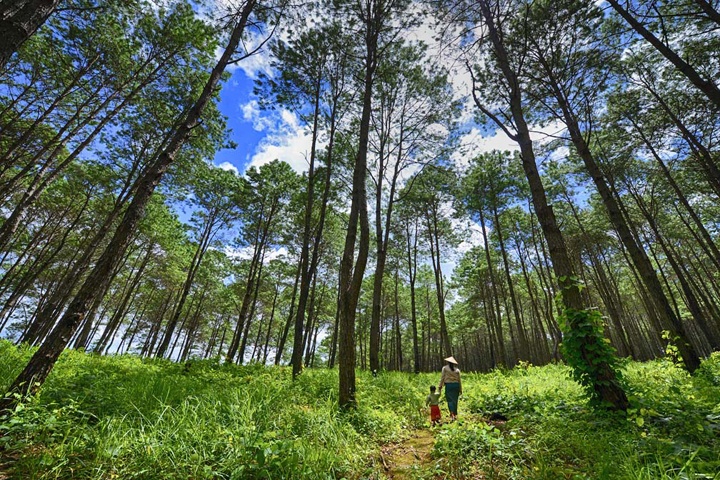
The country’s natural biodiversity will continue to deteriorate and is expected to be below 60 percent intact by 2050, according to the Natural History Museum’s (NHM) Biodiversity Intactness Index.
NHM explained that the Biodiversity Intactness Index estimates how much, on average, of a region’s natural biodiversity is still left.
It is an estimated percentage of the original number of species that remain and their abundance in any given area despite impacts of human activities.
“If the Biodiversity Intactness Index is 90 percent or more, the area has enough biodiversity to be a resilient and functioning ecosystem,” NHM said.
“If the Biodiversity Intactness Index is 30 percent or less, the area’s biodiversity has been depleted to such an extent that it is below the most generous boundary of what is needed for a functioning ecosystem,” it explained.
The BII is estimated based on five Shared Socioeconomic Pathways (SSPs) that include global projections of wealth, population, education, technology and reliance on fossil fuels.
SSP1 is on Sustainable development; SSP2 is Middle of the road development; SSP3 is on Regional rivalry; SSP4 on Inequality; and SSP5, Fossil-fuelled development.
For SSP1, the estimate showed the BII of the country is at 62.27 percent in 2021. This has deteriorated from 65.38 percent in 2000.
The country’s biodiversity will deteriorate to 62.01 percent in 2031 and 61.57 percent in 2041 before reaching 61.26 percent by 2050.
“Between 2000 and 2050 the BII changes from 65.38 percent to 61.26 percent, with a difference of -4.12 percentage points,” NHM said.
In terms of SSP2, the BII of the country is at 62.03 percent in 2021. This has deteriorated from 65.38 percent in 2000.
The country’s biodiversity will deteriorate to 61.78 percent in 10 years and 61.3 percent in 20 years before reaching 60.33 percent by 2050.
“Between 2000 and 2050 the BII changes from 65.38 percent to 60.33 percent, with a difference of -5.05 percentage points,” the study stated.
For SSP3, it was estimated that the country’s BII was at 62.17 percent in 2021. This will deteriorate to 61.76 percent in a decade.
By 2041, the BII will decline further to 61.28 percent and reach 60.86 percent by 2050.
“Between 2000 and 2050 the BII changes from 65.38 percent to 60.86 percent, with a difference of -4.52 percentage points,” NHM said.
In terms of SSP4, the country’s BII is at 62.14 percent this year and will deteriorate to 61.7 percent by 2031.
The biodiversity loss of the Philippines will continue to 60.76 percent in 2041 and 59.78 percent by 2050.
NHM said the BII change to 59.78 percent by 2050 would have a difference of -5.59 percentage points from the 2000 level of 65.38 percent.
For SSP5, the BII of the Philippines will be at 62.09 percent in 2021 and will deteriorate to 61.52 percent in 10 years. This will continue to worsen to 60.55 percent in 2041 and 60.02 percent in 2050.
“Between 2000 and 2050 the BII changes from 65.38 percent to 60.02 percent, with a difference of -5.36 percentage points,” NHM said.
NHM said the Biodiversity Intactness Index complements other indicators that are based on species’ global conservation status or population trends.
These different measures of biodiversity can be combined to provide a roadmap towards restoring global biodiversity.

